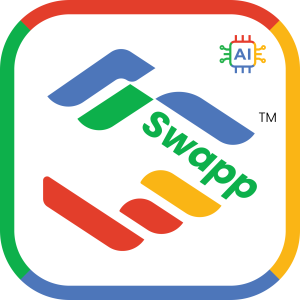Say Bye to Boring Paper Name Cards

First and foremost, business cards have a rich history that dates back to 17th-century Europe. Over time, they have evolve from paper to digital formats, reflecting advancements in technology and changes in professional networking.
History of Business Cards
In general, business cards have a fascinating history that dates back to the 17th century. Originally known as “visiting cards,” the aristocracy in Europe uses these early business cards to announce their arrival in towns and to request meetings with high society members. These cards were often featuring intricate engravings and the bearer’s coat of arms, reflecting their social status and wealth.
Besides that, as the practice of using visiting cards spread, they become an essential part of social etiquette. By the 18th century, visiting cards has evolve into “calling cards,” which were use more broadly by the middle and upper classes. These cards were left at homes to signify a visit or to express condolences or congratulations.
Other than that, the 19th century saw the rise of “trade cards,” which were using by merchants and tradespeople to advertise their businesses. These cards often features colourful illustrations and detail information about the products or services offered. Trade cards is an early form of commercial advertising and played a significant role in the marketing strategies of the time.
Moreover, it has become a staple in the professional world by the 20th century. Professionals across various industries use them to provide contact information and promote their businesses. The design of business cards become more standardize, with a focus on simplicity and clarity. It displays essential details such as the individual’s name, job title, company name, and contact information.
Digital Transformation
In addition, the 21st century brought the digital revolution, transforming traditional paper business cards into digital business cards. These modern alternatives offer numerous benefits, including instant sharing, real-time updates, and interactive features. It can be shared via email, text, or QR code, eliminating the need for physical cards. They can include extensive information, such as links to social media profiles, websites, and multimedia content, providing a comprehensive view of one’s professional profile.
Next, digital business cards are also eco-friendly and cost-effective. By eliminating the need for paper, they reduce environmental impact and save money on printing and reprinting costs. This makes them an ideal choice for startups and small businesses with limited budgets.
Last but not least, the shift from paper to digital business cards reflects broader trends in technology and sustainability. As businesses and professionals seek more efficient and eco-friendly solutions, it has becoming the preferred choice for modern networking. They offer a versatile, cost-effective, and environmentally friendly way to share contact information and promote one’s professional profile.
